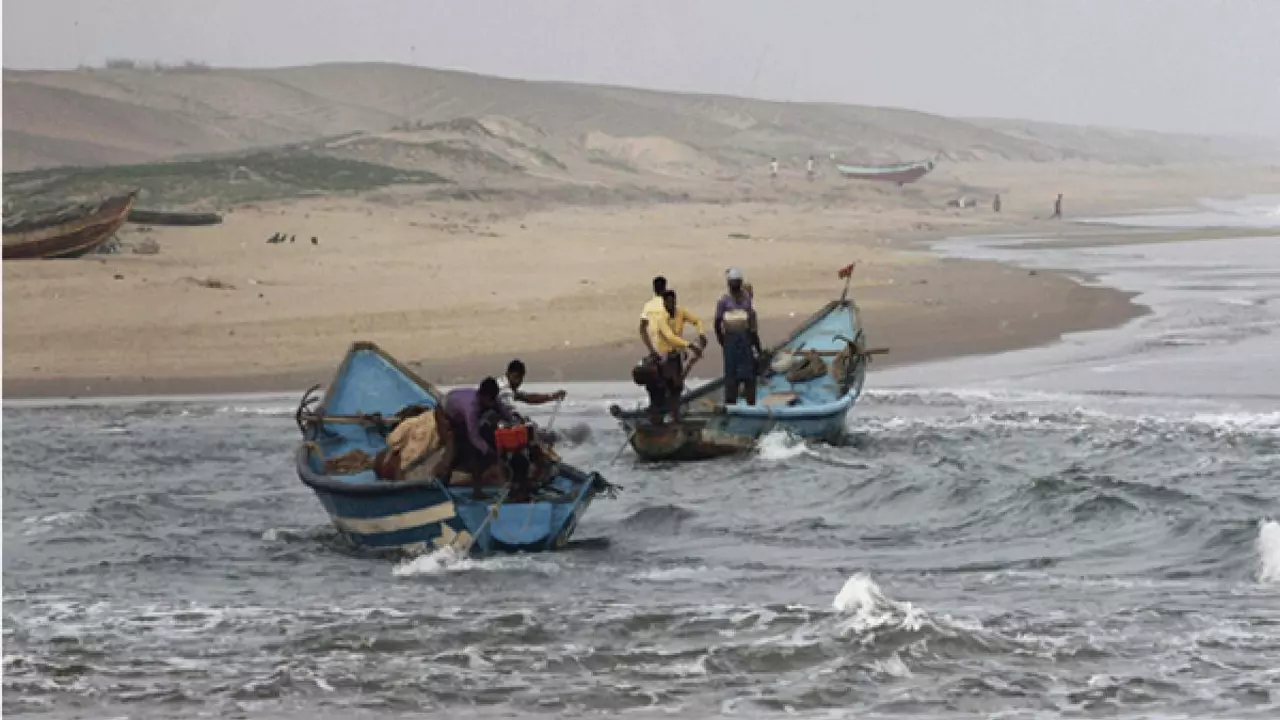Fishing Permit: What It Is and Why You Might Need One
Want to fish legally and avoid fines? A fishing permit (also called a fishing license) is the official permission you need to fish in many rivers, lakes, reservoirs, and coastal waters. Rules vary by state and by whether you fish for fun or sell your catch. Read on for a plain‑spoken guide to when a permit is required, how to apply, and practical tips that save time and money.
Who needs a permit and the common types
There are two basic categories: recreational (angling for personal use) and commercial (catching fish to sell). Many inland waters and government reservoirs require permits for both types. Commercial boats, trawlers, and fishers using nets normally need specific commercial licenses and registration. Tourists and casual weekend anglers often assume "small scale" is exempt — but that’s not always true. Always check local rules before you cast a line.
Another important split is inland vs marine. Coastal states usually have separate rules for sea fishing, territorial waters, and mechanized vessels. For inland waters, reservoirs, and protected lakes, local fisheries departments or water-body managers set the rules.
How to get a fishing permit — step by step
1. Identify the authority: Find out which department manages the water—state fisheries department, irrigation department, dam authority or municipal body. The authority issues the permit.
2. Choose the right license: Pick recreational or commercial and note duration options—single day, seasonal, or annual.
3. Prepare documents: Standard documents include ID (Aadhaar or passport), address proof, passport-size photo, vessel registration (for boats), and business documents for commercial licenses. You may also need a caste or income certificate for subsidized rates in some states.
4. Apply: Many states allow online applications now; others still use local offices. Fill the form, upload docs, pay the fee, and you’ll get a receipt or permit number. Keep a printed or digital copy while fishing.
5. Renew or upgrade: Note expiry dates. Commercial licenses often require renewal each year and periodic inspections.
Penalties for fishing without a permit can include fines, confiscation of gear, or even legal action. Penalties are stricter for illegal trawling or fishing in protected zones.
Quick tips: Always check seasonal bans (breeding seasons), gear restrictions, and size limits. Respect no‑fishing zones and sanctuary areas. Tourists should carry ID and contact the local fisheries office before heading out. If you’re buying a boat, register it at once—unregistered vessels cause big legal trouble.
If you want help, call or visit your state fisheries department. They’ll tell you the forms, fees, and whether you can apply online. Following the rules keeps fish stocks healthy and keeps you fishing without worry.

BSF permits fishing on Indian side of Padma from today?
Hey there, folks! So, guess what's making a splash today? Our friends at the Border Security Force (BSF) have decided to spread some joy for our fisher-folk! Starting today, they are permitting fishing on the Indian side of the Padma. Yes, you heard it right! So, grab your fishing rods and your best fishing hats because it's time to cast your nets and reels. Who knows, with a little luck, you might just land the catch of the day! So, here's to a 'reel-y' good time at the Padma. Happy fishing, everyone!